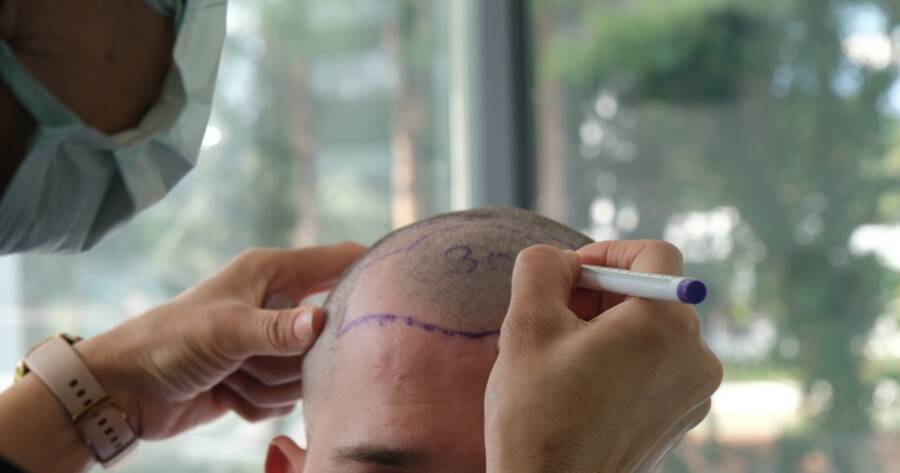Hair transplants offer an innovative solution for hair loss through two main techniques: Follicular Unit Transplantation (FUT) and Follicular Unit Extraction (FUE). These methods aim for lasting, natural results by relocating hair follicles resistant to balding. Beyond their permanency, factors like surgeon expertise and post-op care significantly affect success. Recovery requires patience, and ongoing treatment may become necessary to maintain density.
Understanding Hair Transplants
Hair transplants are evolving procedures that address hair loss by transferring hair follicles to balding areas of the scalp. Two primary techniques are employed: Follicular Unit Transplantation (FUT) and Follicular Unit Extraction (FUE).
FUT involves taking a strip of skin with hair follicles from a less visible area, whereas FUE involves extracting individual follicles, resulting in less scarring and a quicker recovery period. Both methods aim to provide a natural-looking outcome with minimal visible scarring.
The Permanence of Hair Transplants
A key advantage of hair transplants is their permanency. Because the transplanted follicles are resistant to the hormonal influences that cause baldness, they continue to grow for a lifetime in their new location.
Once relocated, these follicles maintain their genetic resistance to balding, which makes the results typically permanent. A full hair growth cycle is often visible between 12 to 18 months post-procedure, as the transplanted hairs anchor and begin to grow naturally.
Influences on Longevity and Success
While hair transplants are mostly permanent, various factors can influence their success and longevity. The skill and experience of the surgeon are crucial; choosing a clinic with a highly skilled specialist can significantly impact outcomes.
Factors such as the surgeon’s expertise and adherence to post-operative care guidelines contribute considerably to the success rate of transplanted follicles. Additionally, surrounding non-transplanted hairs may continue thinning, highlighting the need for ongoing maintenance through treatments like Minoxidil or Finasteride.
The Recovery and Care Post-Operation
Recovery from a hair transplant can take several months, during which initial shedding is expected as part of a process called shock loss. However, diligent aftercare plays a vital role in ensuring transplanted hairs settle well and grow healthily over time.
Adherence to post-surgical instructions—such as avoiding exercise, tight headwear, and excessive sweating—helps protect new follicles. Long-term habits, including using gentle hair products and protecting the scalp from the sun, aid in maintaining results.
Potential Need for Multiple Procedures
Despite the permanent nature of individual hair transplant procedures, some individuals might require more than one session to achieve desired density or address further hair loss over time.
Transplanted hair follicles possess a natural lifespan, and over the years might show reduced hair production as one ages. Therefore, ongoing assessment and additional treatments or transplants could be necessary to maintain the desired volume.
Evaluating Hair Transplant Suitability
Determining whether someone is a suitable candidate for a hair transplant involves careful consideration and medical evaluation. A scalp examination and, in some scenarios, a biopsy are part of the process to assess the availability of donor hair and the viability of the recipient area. Thorough consultation with a qualified healthcare professional is crucial for individuals to understand the procedure’s potential benefits and limitations.
Why You Should Learn More About Hair Transplants Today
Hair transplants provide a viable long-term solution for individuals affected by hair loss. With advancements in techniques ensuring natural-looking results and the potential for lifelong improvements, understanding this option could make a significant difference in the decision-making process for those considering hair restoration.
Awareness of the permanency, benefits, post-procedure expectations, and limitations associated with hair transplants empowers individuals to make well-informed choices, leading to a satisfactory outcome.




